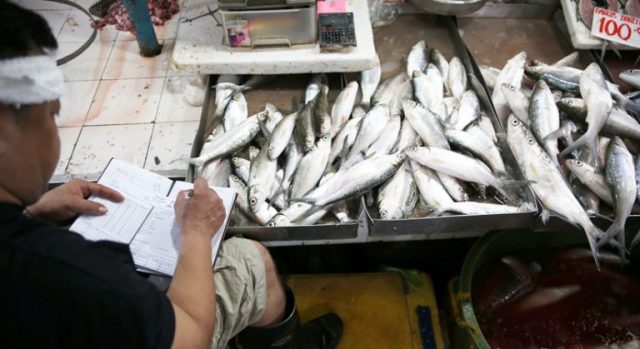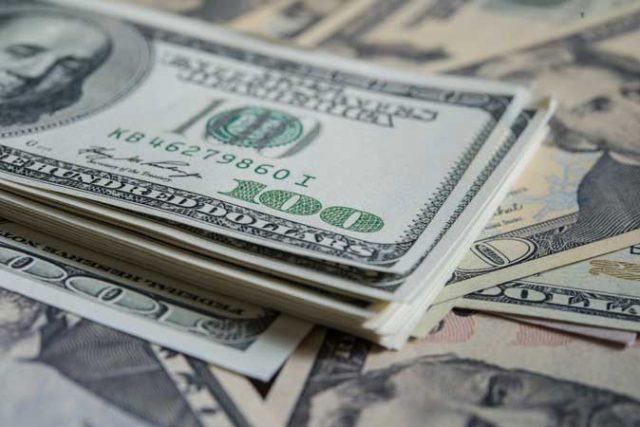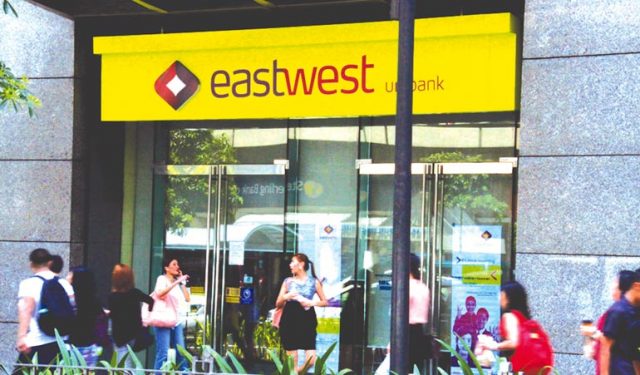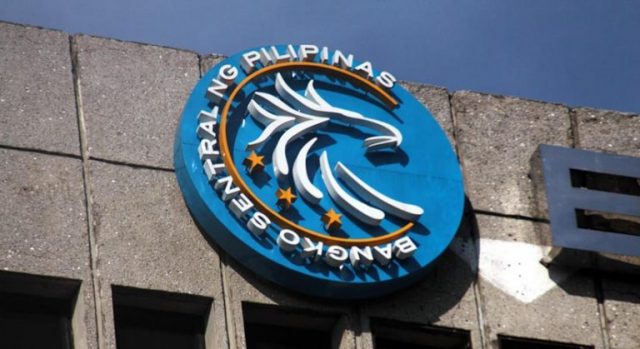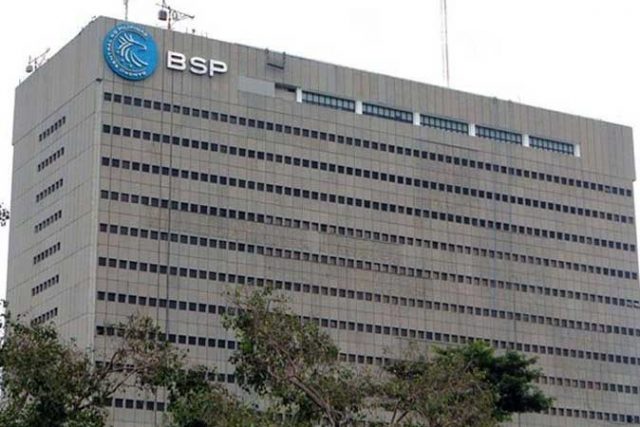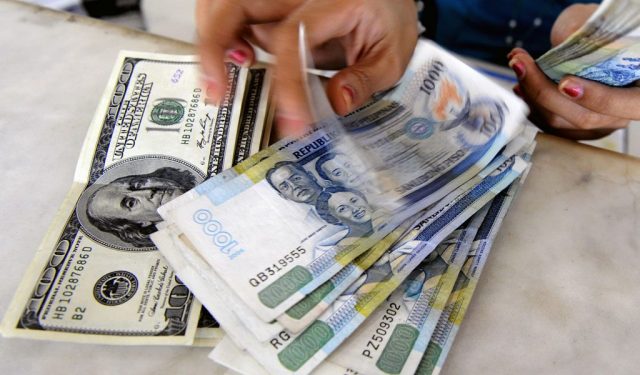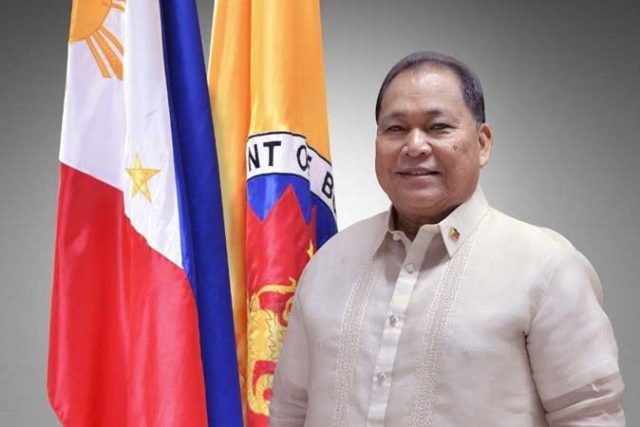The Philippine central bank would monitor the potential second-round effects of inflation and would deploy policy tools to safeguard price and financial stability, Governor Benjamin E. Diokno said on Friday.
“We agree with the assessment of the International Monetary Fund (IMF) that inflation could return to its pre-pandemic ranges in most countries in 2022,” he told an online news briefing. “However, caution should be exercised to ensure that temporary price pressures do not become fully entrenched in the domestic price dynamics.”
“The Bangko Sentral ng Pilipinas (BSP) stands ready to maintain its accommodative monetary policy stance for as long as necessary to support the economy’s recovery amid the adverse impact of the COVID-19 pandemic,” he added.
The central bank would also ensure that monetary policy settings are “in line with sustainable recovery of the economy, consistent with its price and financial stability mandates.”
The Philippines should avoid prematurely unwinding fiscal and monetary support for the economy given a fragile recovery amid lockdowns spurred a fresh surge in coronavirus infections, according to the IMF.
“We need to nurture this recovery,” IMF Philippine representative Yongzheng Yang told an online forum on Friday. “One thing we should avoid is the premature withdrawal of macroeconomic policy support, because recovery is so fragile.”
The government appears to have balanced economic support with a sustainable debt level, Mr. Yang said.
The multilateral lender projected the country’s general government debt to peak at 62% of economic output by 2024 from 48.1% in 2020, higher than the pre-pandemic ratio of 34.1%. This is considered a moderate level compared with peer countries.
“But within this good balance, there needs to be flexibility in policy support,” he said.
“We need to be able to move resources quickly to respond to emerging priorities,” Mr. Yang said. The recent infection surge showed the need to support the health sector by boosting hospital resources, tracing, testing, isolation and vaccination, he added.
The IMF in June cut its 2021 economic growth forecast for the Philippines to 5.4% from the 6.9% it gave in March. Mr. Yang said the virus surge and renewed lockdowns threaten economic expansion that is less optimistic than the government’s 6-7% target for the year.
“There are risks and the bottom line is they are substantial,” the IMF official said. “The recovery will need to be nurtured and the risk needs to be managed.”
Still, he said the government has enough fiscal room to mitigate the risks of a protracted coronavirus pandemic.
The state should also focus on improving the implementation of fiscal measures such as the credit guarantee scheme that is meant to encourage banks to lend more to small and medium-sized enterprises, Mr. Yang said.
The IMF thinks the BSP should keep its monetary policy stance while taking into account rising consumer prices. But prices seem to have started moderating, and are is projected to go back to the central bank’s target of 2-4% by year-end, Mr. Yang said.
“The risk of inflation is more or less balanced.”
Inflation was 4% percent in July, the slowest in seven months and the first time it settled within the central bank’s 2-4% target for the year.
The BSP also kept benchmark interest rates at record lows to support the economy.
Fitch Solutions on Friday said it expects the central bank to keep the policy rate unchanged at 2% until late-2022, before increasing it by 50 basis points to 2.5% by the end of next year.
In a note, the think tank said the BSP would keep its accommodative stance to support economic recovery as pandemic disruptions persist. The chances of further policy rate cuts seem muted since demand for credit remained weak, it added.
“A spread of the Delta variant to other regions and prolonged nationwide lockdowns could even prompt the BSP to ease monetary conditions further to support growth,” it said.
“For now, we think any monetary easing would come via the lowering of reserve requirement ratios rather than a cut to the key policy rate,” it added.


